Welding for Beginners
Whether we are talking about a simple coffee table or a spaceship, both of them are made using the same process called welding. The process of joining two pieces of metal has been around for ages. Many people take it for granted without even realizing how important it actually is.
Since most of the world around us is made with the help of welding, many think that it can be quite difficult to pick up a blow torch and some electrodes and start to weld. Actually, if you take some time to understand it and a bit more to practice, welding can become quite easy.
Here is what welding for beginners is all about.
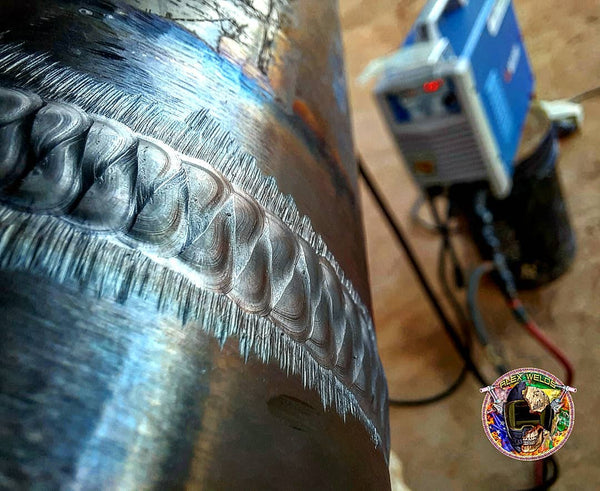
What Is Welding?
Starting at the very beginning, welding is a fabrication process that includes joining materials (mostly metals and thermoplastics) together. It involves high heat which melts the two parts allowing them to fuse together as they cool down.
Besides needing to melt the base metal, a filler metal is also added to the area where a pool of molten materials is created (welding pool) that forms as a joint after cooling down. The weld configuration can sometimes turn out to be stronger than the base metal.
In most cases, the welding process requires certain protection in the form of shielding gas. This is used in order to protect the filler metals from contamination and oxidization.

Welding is considered the most economical and efficient way of joining two pieces of metal together. This process is so vital to our economy that about 50% of gross products in the USA are related to welding in some way.
There are different kinds of ways to make a weld, meaning that various welding processes and techniques are used. Some create sparks while others don't. Some have spatter while others tend to avoid it. There are some that require added heat while others are indifferent to it. Welding is unique as it can be done outside and inside, at the highest heights of the world and in the deepest debts of the oceans. And some of it is done in Outerspace as well.
Welding Processes Ranked From Easiest to Most Difficult for Beginners
As mentioned, there are many welding processes, and each one comes with its own characteristics. Of course, every one of them includes certain advantages and disadvantages. Not every one of them is easy to learn, especially for a novice. However, with time and effort, it is not impossible.
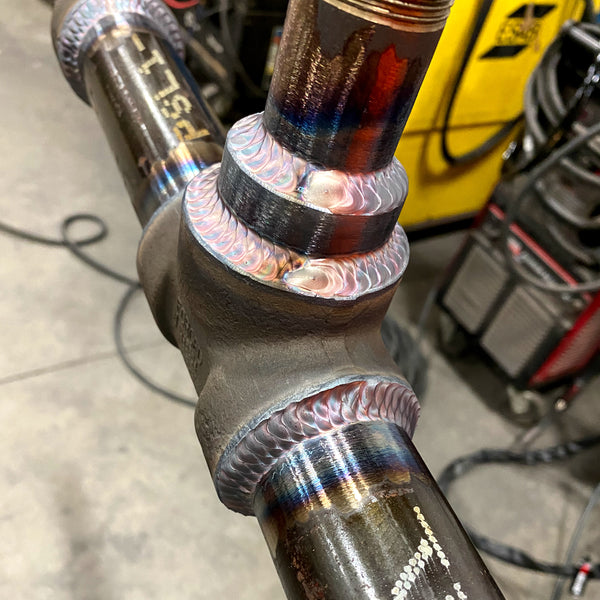
MIG Welding
MIG welding (Metal Inert Gas Welding), also referred to as GMAW (Gas Metal Arc Welding), is a very popular process among beginners. The reason for its popularity is because it is very easy to learn. MIG welding is usually used for joining low-alloy steel or mild steel. MIG welders use it for auto part repairs or ceratin home projects.
The process of MIG welding involves creating an arc between a wire electrode and a metal workpiece. The wire electrode will start to slowly melt and create a weld joint. The wire feed gradually feeds the flux-cored wire with the help of a welding gun linked to the welding machine. At the same time, the MIG gun provides the shielding gas to prevent the weld pool from contamination.
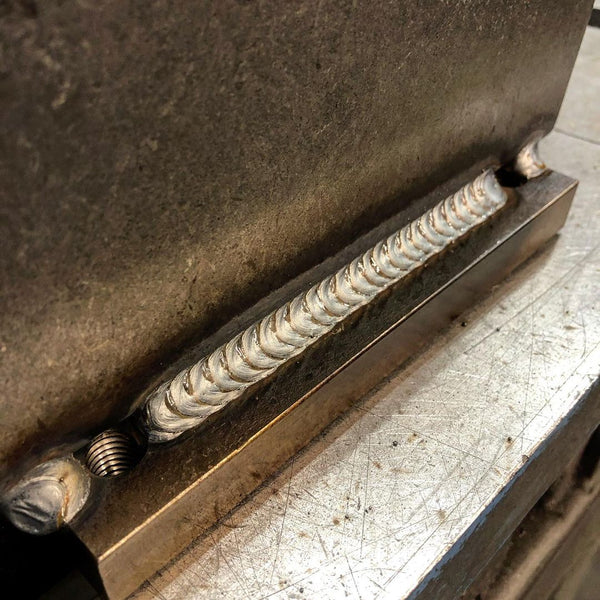
A constant current system with a direct power source is usually used. But a constant current system with alternating current can be used as well. GMAW has four prime methods of metal transfer - globular, short-circuit, spray, and pulsed-spray.
Gas metal arc welding requires a shielding gas to protect the welding area from contamination coming from atmospheric gases. If these gases (nitrogen and oxygen) come into contact with the arc, electrode, or the welding metal, it can cause defects in fusion, porosity and make the weld brittle.
YesWelder MIG-205DS-B Multi-Process MIG Aluminum Welder
Types of Shielding Gases
There are a variety of shielding gases that can be used with MIG welding. The most common ones include pure Argon, Carbon Dioxide, and an Argon mix.
Pure Argon
Pure Argon shouldn't be used for welding steel. Instead, this gas is suitable for non-ferrous metals like aluminum. Argon comes with a low value of thermal conductivity, which can result in narrow weld beads. It has good penetration in the middle of the weld but not so much in other weld areas, making it highly inefficient for welding steel.
Carbon Dioxide
Welders prefer using pure CO2 because it is a lot cheaper than Argon. Unfourantely, the created arc can be quite unstable and wide. This can cause spatter, which will have to be cleaned later on. Straight CO2 for MIG welding is also used for working on thicker pieces of metal.
Argon Mix
A proper mixture of Carbon Dioxide and Argon creates high-quality welds. This shielding gas has both the characteristics of a pure CO2 and pure Argon gas and is defined by being somewhere in between. The arc is at the right width, it creates favorable penetration, and there is minimal spatter.
Flux-Cored Welding
Flux-cored welding (FCAW) uses a continuously fed electrode tube instead of a wire as in metal inert gas MIG welding. The tube is made out of metal on the outside but has a flux agent in its core. During welding, the flux will melt and create a liquid slag. Because the welding wire has flux in its core, it will create its own shield as the heat melts the wire.
The created shield actually provides much better protection from contamination than the one coming from a MIG welder. This is particularly useful when welding outdoors at high breezes as the wind won't disperse the gas. However, the method will create more spatter that you will have to clear later on.
Flux-cored welding also allows for deeper penetration on thick materials. It also works pretty well on both rusty or dirty material. Finally, it allows for out-of-position welding.

Stick Welding
Arc welding, or stick welding, includes joining two pieces of metal with the help of an electrode that acts as a filler rod and an electrode arc that melts the metal.
The process of stick welding includes using a fluxed covered rod where the flux protects the liquid weld puddle from atmospheric gases. Doing it without a flux-covered welding rod might result in porous or weak welds.
An electric current (alternating or direct) comes from the power source to form an electric arc between the electrode and the material. The workpiece and the electrode will melt to form a weld pool that joins together as it cools down. As the flux melts, it will form a layer of slag to cover the weld bead. This layer needs to be chipped or removed with a wire brush after it cools down.
There are a variety of stick welding electrodes that can be used. A welder needs to choose an appropriate welding electrode for stick welding based on the project that they are working on. The most commonly used electrodes are 7018, 7024, 7014, 6013, 6012, 6011, and 6010.
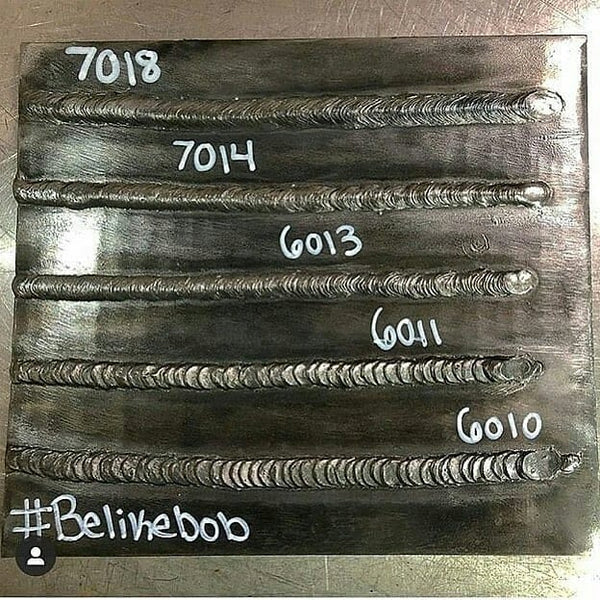
A stick welding machine is much easier to set up as opposed to other types of welders. The only thing that you have to be careful with is the polarity setting determined on the type of electrode that you are going to use. Always check if it is DC+, DC- or AC.
TIG Welding
TIG welding, also called Tungsten Inert Gas welding or Gas Tungsten Arc welding (GTAW), is a process that requires more skill and time to master. However, TIG welding allows for precision work as opposed to other welding processes. This welding process is particularly useful when welding aluminum or chrome alloy.
TIG welding is very similar to MIG welding, but with one major difference. Instead of using a consumable wire, it uses a tungsten electrode or a filler rod found inside the welding gun. The welder needs to use both hands, one hand for the gun and the other to feed the filler rod. The arc will create a weld puddle from the two workpieces. The heat from the weld puddle melts the filler rod allowing all three to mix together. The same as with MIG welding, TIG welding requires a shielding gas to shield the weld.
YesWelder YWT-200DC Lift TIG Spot TIG Welder
A TIG welder also comes with a foot pedal that the welder uses to adjust the current that runs through the electrical circuit created between the tungsten electrode and the metal. This way, a welder can also gradually increase or decrease the heat applied to the metal, preventing brittleness possible due to thermal shock.
Welding Equipment
After determining the method of welding that you need, you will have to consider the necessary equipment.
The first one is, of course, the welding machine. Welders can pick from a single process machine or a MIG/Stick/TIG multi-process welder that can be used for all four types of arc welding.
The next valuable piece of equipment is a welding helmet. This one protects your face and especially the eyes from bright flashes and extreme heat that the electric arc gives off. Currently, the most advanced welding helmets are the ones with auto-darkening technology that instantly adjust to the level of light allowing the welder to constantly see the weld area.
Sturdy leather gloves and shoes are there to protect your hands and feet. To protect your arms and body, welders need to use long-sleeved cotton shirts, overalls, aprons, and bibs to protect their skin from burns.
Finally, welding indoors requires proper ventilation for safe work. However, depending on the welding process and the material you will be working on, you might need an added respirator to protect you from all the toxic fumes.
Conclusion
As you can see, there are different ways of joining metal together. Every form of welding comes with both advantages and disadvantages. Each one of them has its different types of characteristics and applications. A welder needs to make sure which type is the best to use before rolling up their sleeves and getting down to business.
Welding is a skill that is not going away anytime soon and chances are that our society is going to continue to use it well off into the future.






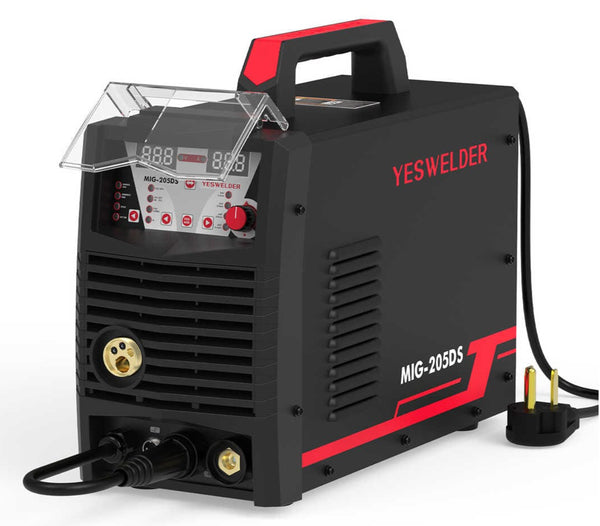

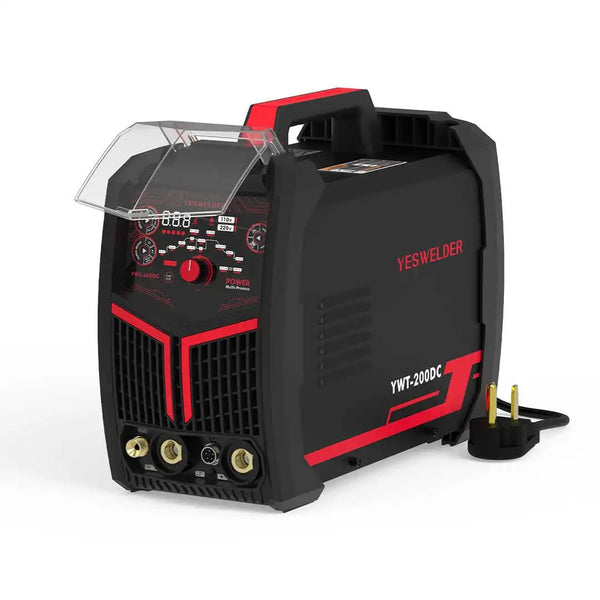



Hello very nice info and perfect welds would be grateful for some samples for metal and aluminum tig welding the clear cups diffently work better you can see rite thru thank you.
241 west hill rd apt15a newington ct 06111.
Disabled and handicapped man on S.S. Thx jb.
Very good and informative article. Just learning to flux core weld, doesn’t look pretty but grinds out fairly well. I’ll get there with lots of practice.
Very well done, thank you.
Leave a comment